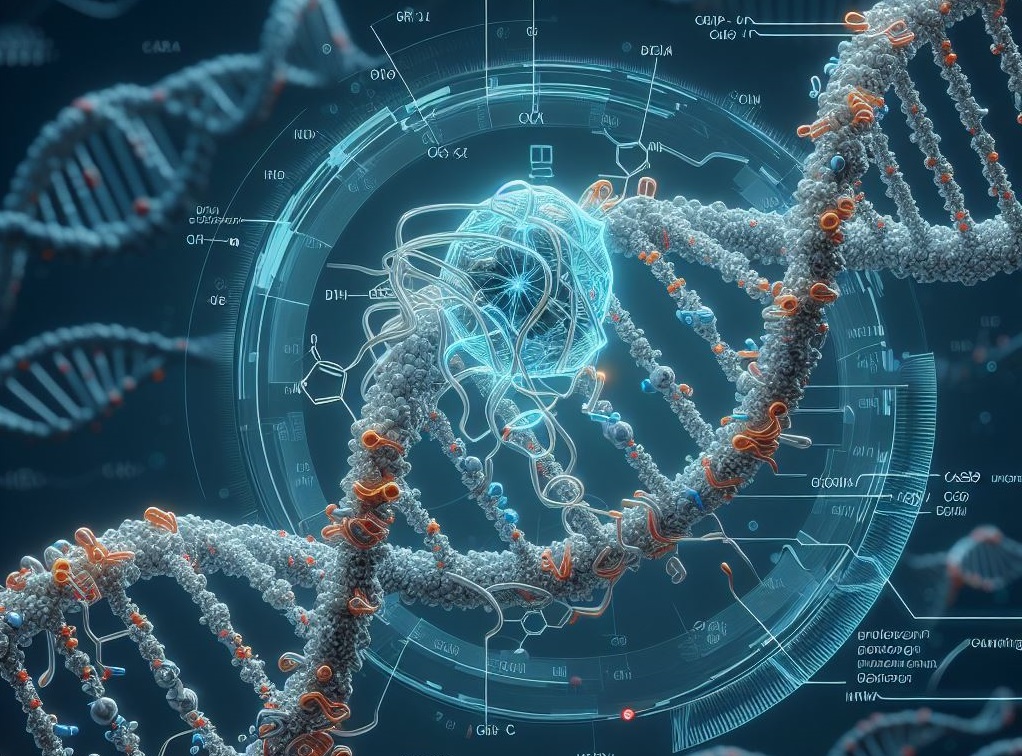In addition to potentially stopping the degeneration of afflicted individuals’ muscles, a novel gene therapy treatment for Duchenne muscular dystrophy (DMD) may eventually lead to muscle restoration.
The goal of the study being led by UW Medicine is to replace the damaged DMD gene in the muscles by introducing a sequence of protein packets into a shuttle vector. The protein dystrophin, absent in people with muscular dystrophy, will subsequently begin to be produced by the additional genetic code.
The illness currently has no known cure, and the medications and therapies merely serve to delay its progression. Because the gene for Duchenne muscular dystrophy is located on the x chromosome, people with the condition, which is the subject of this study, are entirely male. They often pass away in their 20s or 30s after starting to show symptoms at the age of four.
Their findings were published in the journal Nature.
The study’s principal author, Dr. Jeffrey Chamberlain, a neurologist and geneticist at UW Medicine, has dedicated his professional life to discovering treatments and a cure for muscular dystrophy. He holds the McCaw endowed chair in muscular dystrophy at the University of Washington School of Medicine in addition to serving as head of the Wellstone Muscular Dystrophy Research Centre. Dr. Hichem Tasfaout, a molecular biologist employed in the Chamberlain lab, oversaw the study endeavour.
What has stymied researchers in the past is the gene which needs to be fixed “is the largest gene in nature,”
Think of having a king-sized bed delivered that you can’t get through your door.
Dr. Jeffery Chamberlain
The novel approach, which has shown promise in animal models, makes use of a number of adeno-associated viral vectors, or AAVs, which are microscopic viral shuttles that are used to introduce gene treatments into human cells. Rather than using a single AAV, this gene therapy employs a sequence of AAVs that take up pieces of the therapeutic protein present in the muscles and include instructions inherent in them so that the body may start making the required genetic correction.
Referring back to the analogy of the king bed, once inside the house the delivery staff not only put the bed together, but they also take the pieces in piece by piece. Human trials for the treatment are the next phase, and they should start in around two years, according to Chamberlain.
This technique has not only stopped the disease from becoming worse in the lab, but it has also successfully reversed a large portion of the dystrophy-related pathology. In the long run, Chamberlain and Tasfaout expect that this approach can reverse muscle wasting and return the muscle tissue to its natural state of health.
Also, Read| New subtypes of Parkinson’s Disease can be defined by Machine Learning
The most recent method additionally makes use of a novel AAV vector type that permits the use of lower dosages. With lower dosages, many of the negative consequences of earlier methods may be mitigated or completely avoided, according to Chamberlain.
According to him, this then triggers an immunological reaction that might harm the liver or heart.
As a child, Chamberlain recalls watching the Jerry Lewis Telethon and feeling compelled to assist the other kids. It’s possible that this emotion ignited the desire that finally led to his profession. He turned out to be an expert who spoke on the telethon around seven times regarding the science of medicines.
When you meet families and patients it just inspired me to work that much harder.
Dr. Jeffery Chamberlain
The Muscular Dystrophy Association provided much of the funding for the research, using donations gathered at several events Edgar Martinez, a former Seattle Marine, held.
Source: University of Washington School of Medicine – Newsroom
Journal Reference: Tasfaout, Hichem, et al. “Split Intein-mediated Protein Trans-splicing to Express Large Dystrophins.” Nature, 2024, pp. 1-9, DOI: https://doi.org/10.1038/s41586-024-07710-8.
Last Modified:







